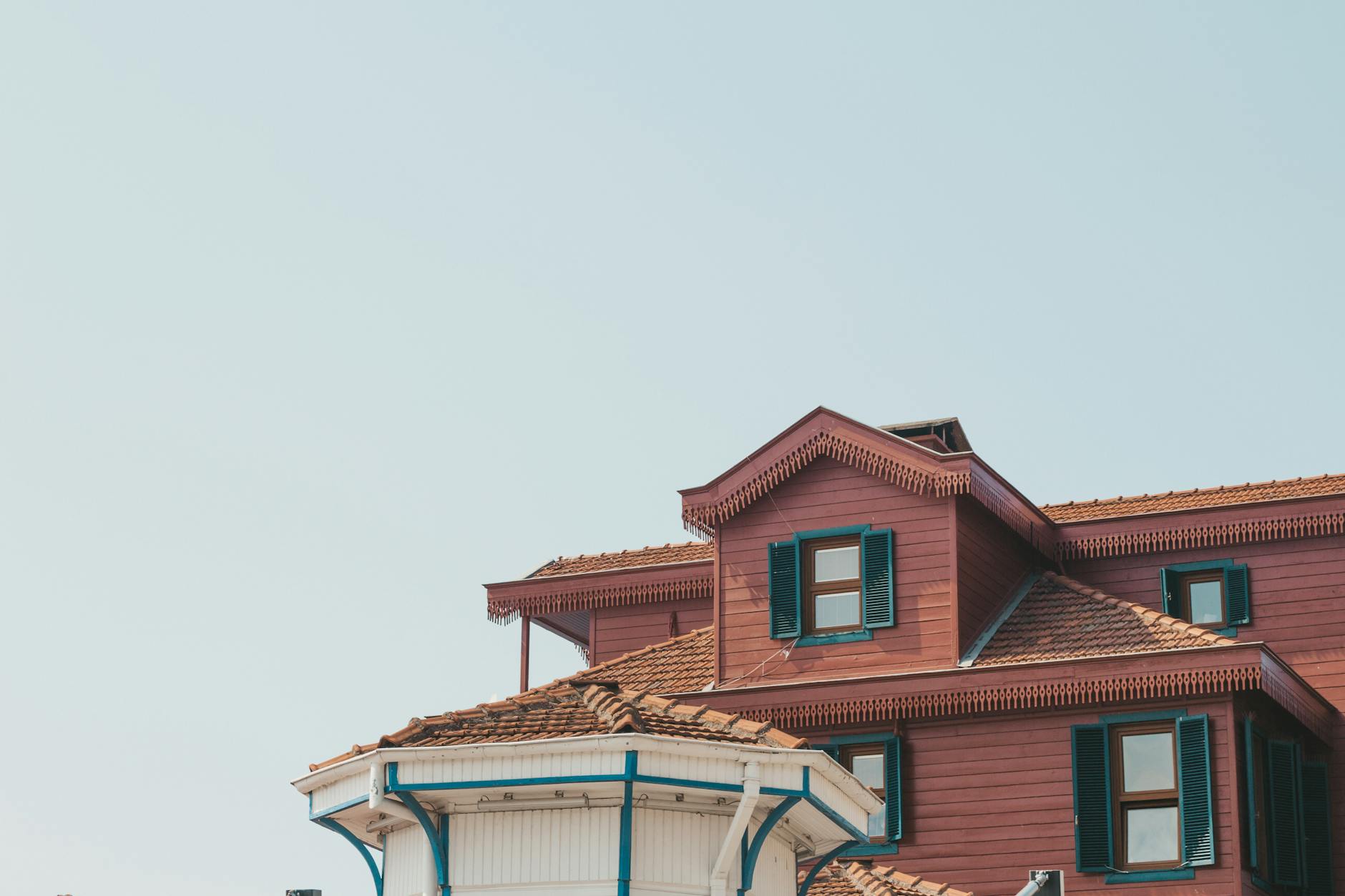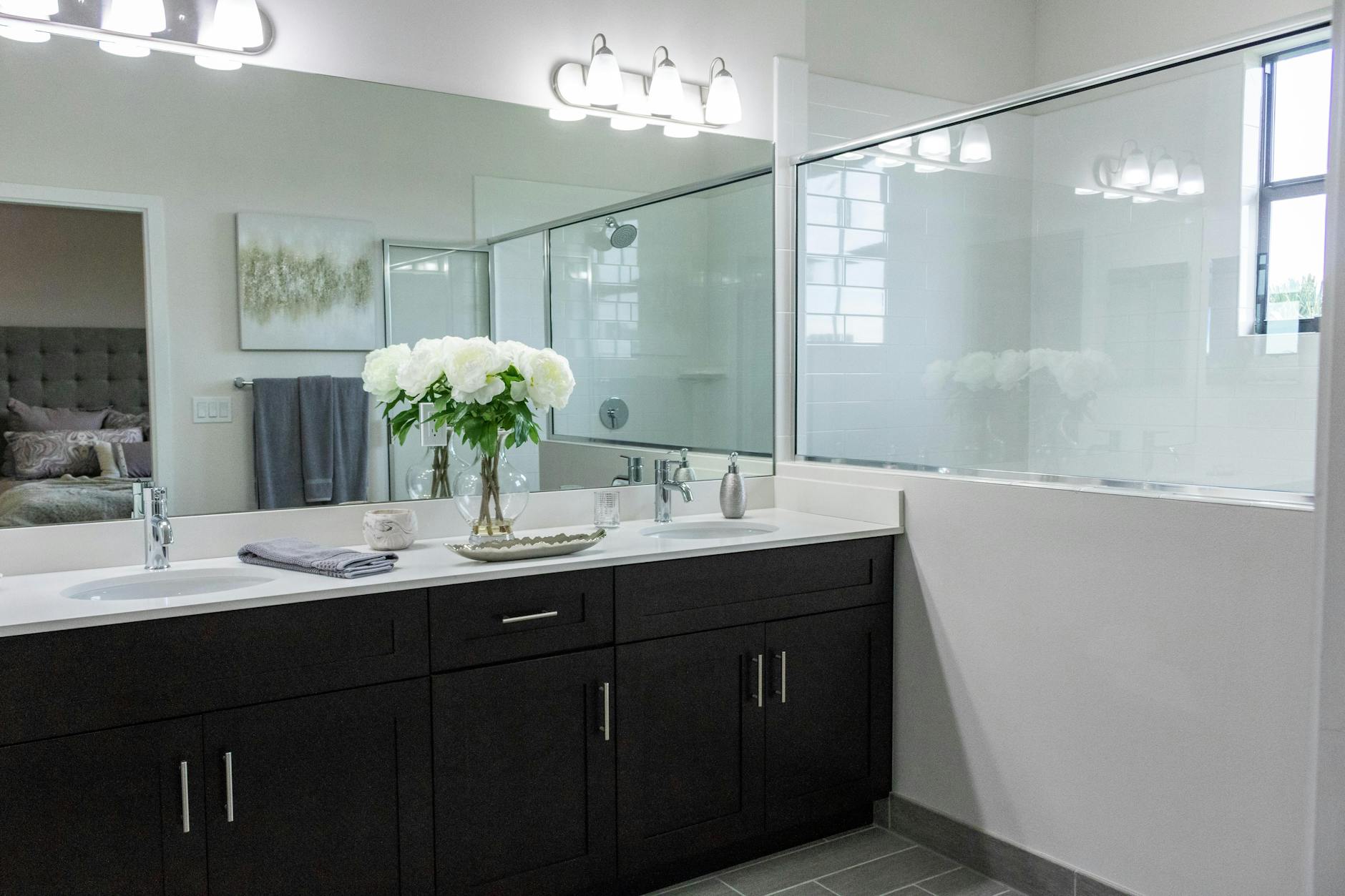Is Australia Shaping the Future of Sustainable Housing?

Sustainability Innovations in Australian Housing
Focusing on sustainability in housing is becoming increasingly important in Australia. As a construction project manager working with Brisbane's eco-friendly homes in Paddington, I’ve seen firsthand how crucial innovations are to driving sustainable urban growth. When we look at Melbourne's housing market, you find a range of options offering green solutions to meet both ecological and financial expectations.
Consider Sunbury's emerging display homes Sunbury, where eco-designs are integrated with cost-effective features. Choosing a cheap house and land package doesn’t mean compromising on sustainability; there are many options that incorporate solar energy, rainwater harvesting, and passive design techniques. These elements not only promote a greener lifestyle but also align with the values of professionals committed to environmental sustainability.
Here are several practical tips for evaluating sustainable homes:
- Look for materials that are locally sourced and have a low environmental impact.
- Check if the house has an efficient water management system.
- Ensure the structure supports optimal energy conservation, possibly using smart systems.
Navigating the housing market doesn't end with eco-design. Equally important are the wider innovations seen across the Melbourne area. From energy-efficient systems in display homes for sale Melbourne to government incentives for green buildings, all play a role in shaping the future of sustainable housing. These innovations empower those like you, ready to step into tomorrow's sustainable living spaces today.
Government Initiatives and Policies
Regulatory Frameworks
Australia prides itself on a sophisticated regulatory framework guiding sustainable construction. At the federal level, the National Construction Code (NCC) encourages builders to embrace energy-efficient practices and eco-friendly materials. In Melbourne, the rules are aligned to complement local needs, enabling a cohesive environment for sustainable housing projects. If you're managing projects involving display homes Gisborne or similar developments, familiarity with the NCC is a must.
Incentives for Green Building
To bolster environmentally responsible construction, Australian governments offer a plethora of incentives. These include rebates for solar panel installations and grants supporting innovative green technologies. This aids project managers like myself in executing eco-friendly plans without exceeding budgetary constraints. In my projects along the Brisbane Riverwalk, these incentives have been vital in introducing sustainable practices without escalating our costs.
Impact of Urban Planning
Urban planning in Melbourne aims to harmonize city expansion with ecological preservation. Initiatives such as the "Plan Melbourne" focus not only on enhancing green spaces but also on integrating sustainable housing solutions. This planning framework ensures that whether you're working on Point Cook display homes or broader urban developments, ecological impact remains at the forefront. It's crucial to blend urban growth with sustainable choices to align with Melbourne's vision for a greener future.
Challenges and Solutions
Overcoming Financial Barriers
Navigating financial hurdles in sustainable housing can be daunting for professionals in the Melbourne housing market. It's essential to explore various financial strategies, such as government incentives and grants, to facilitate eco-friendly projects. Leveraging these can ease the initial financial burden, making sustainable housing more accessible. Engaging with innovative builders and developers who specialise in eco-friendly solutions found in Mt Atkinson display homes can also be instrumental in reducing costs without compromising on sustainability.
Addressing Climate-specific Issues
Sustainable housing must adapt to Melbourne's unique climate challenges. Incorporating climate-resilient features, such as rainwater harvesting systems and solar panels, can enhance the resilience of your home designs. Partnering with specialists who have a keen understanding of these issues, similar to the innovations showcased at South Bank in Brisbane, can offer practical solutions tailored to local conditions. This approach ensures the durability and sustainability of homes amidst changing climatic conditions.
Community Engagement Strategies
Effective community engagement is pivotal in promoting sustainable housing initiatives. By fostering open dialogues and workshops, residents can actively participate in decision-making processes, increasing acceptance and participation. Utilising platforms like interactive webinars and panel discussions can also facilitate broader community involvement, ensuring that diverse perspectives are considered. Engaging with local projects, such as display homes Craigieburn VIC, can provide insights into successful community strategies and enhance the execution of sustainability-focused projects.
Best Practices in Sustainable Housing
Integrating Local Resources
Incorporating local resources into construction projects, such as the innovative developments along the Brisbane Riverwalk, can greatly enhance sustainability efforts. Utilising materials like reclaimed timber or locally sourced stone minimises carbon footprints and supports regional industries. If you're considering Wollert display homes, look for those that emphasise locally obtained elements, which not only contribute to environmental responsibility but also echo the distinctive character of the area.
Maximizing Renewable Energy Use
Harnessing renewable energy is crucial when planning any sustainable housing project. Solar panels and wind turbines are becoming more efficient and accessible, providing a reliable alternative to traditional power sources. When evaluating a house and land package Melbourne, focus on opportunities to integrate renewable technology, such as at South Bank's construction exhibitions, which showcase advanced energy solutions. Implementing these systems can significantly cut down utility costs and improve energy independence.
Achieving Zero Carbon Footprint
Achieving a zero carbon footprint is an ambitious yet crucial goal for sustainable housing. It involves a holistic approach, addressing aspects like energy use, waste management, and building materials. Incorporate features such as rainwater harvesting systems and high-efficiency appliances commonly highlighted in Paddington's eco-friendly homes. These components play a significant role in minimising a home's environmental impact. Engaging with builders who specialise in sustainable practices ensures that both initial construction and long-term living align with eco-friendly values.
By adhering to these best practices, professionals in the field can significantly advance their efforts toward sustainable development.
Common Mistakes to Avoid
Overlooking Long-term Benefits
One pitfall I've seen, especially around new developments like those at Brisbane Riverwalk, is the focus on short-term profits. It's essential to consider the sustainable housing benefits of eco-designs, which often reduce costs over time. For instance, eco-friendly homes in Paddington have shown remarkable savings in utility expenses due to their energy-efficient systems. When you're planning your next project, think beyond the upfront costs—you're playing the long game.
Underestimating Maintenance Needs
Another common issue is underestimating maintenance needs, particularly with advanced building materials. We've had impressive results using smart materials in South Bank developments that require specialised knowledge for upkeep. So, it's crucial to educate your team on maintenance to keep systems running smoothly and extend the life of your construction projects.
Dismissing Community Impact
Lastly, dismissing the community's impact can derail a project before it takes off. A successful venture needs buy-in from local residents, something that’s been well-demonstrated with engagements around Brisbane Riverwalk. Community consultations can guide you in developing homes that fit naturally within the neighbourhood while advancing eco-friendly homes objectives. Including the community not only bolsters goodwill but can also provide invaluable insights to enrich your designs.
These insights aren't just theoretical; they're drawn from real experiences and successful projects that have transformed Brisbane's landscape.


